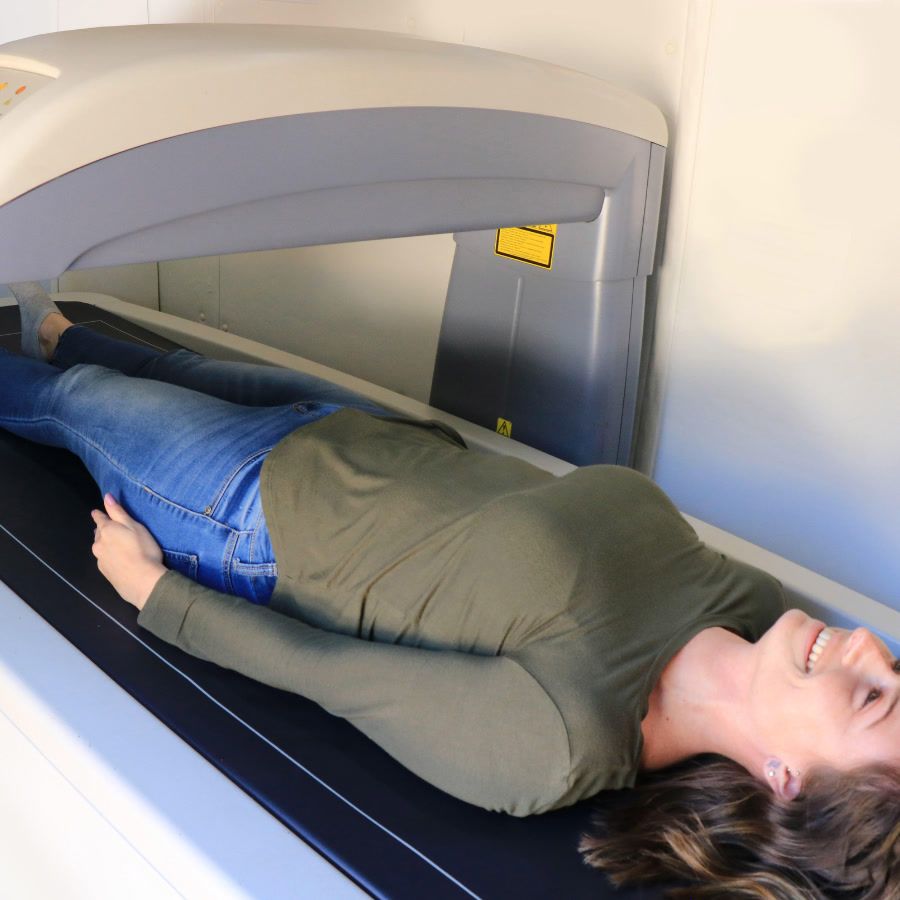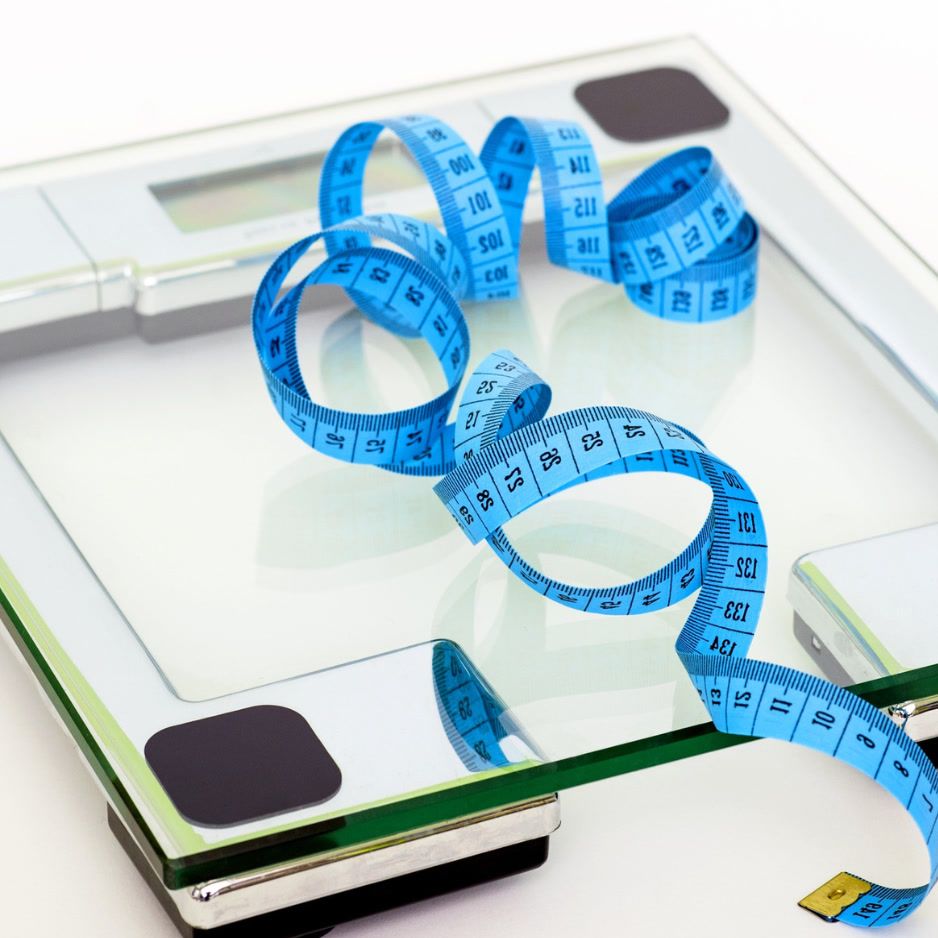How Much Do Your Bones Weigh?
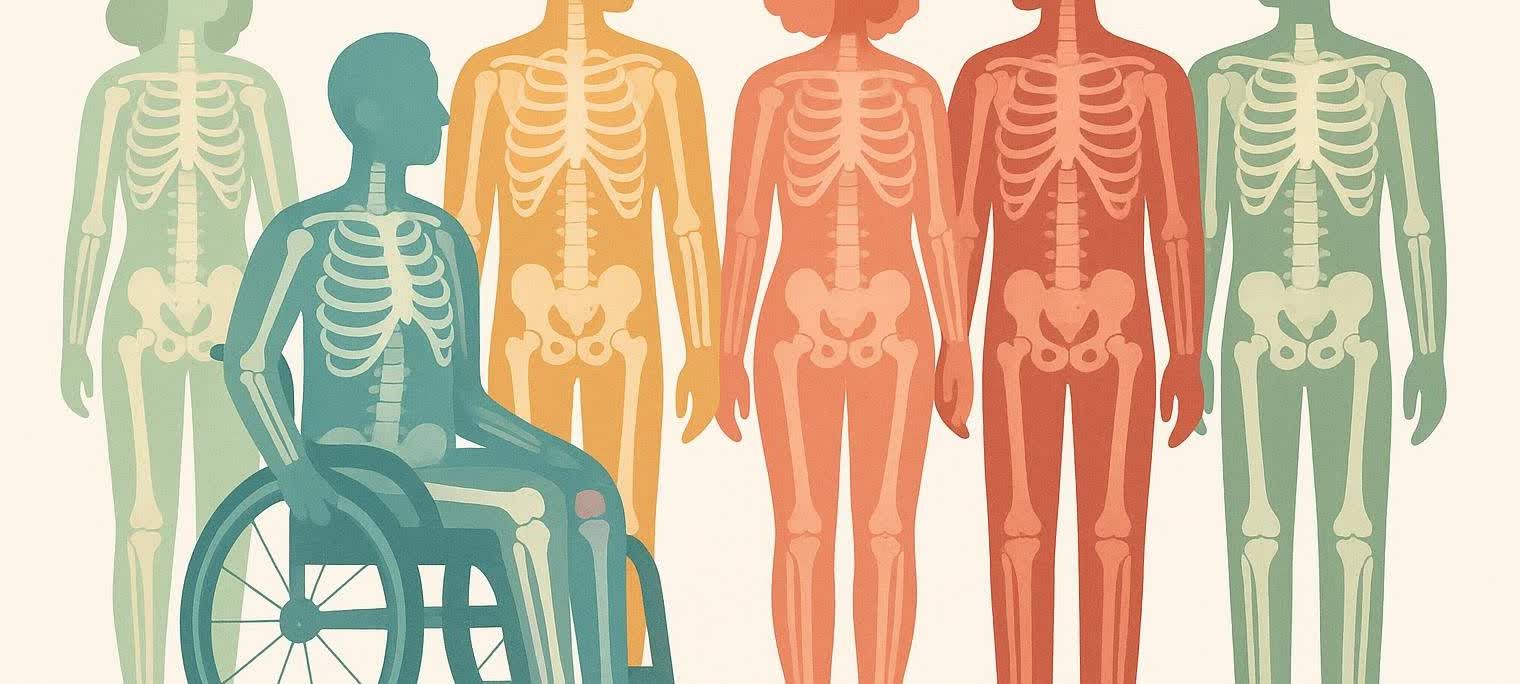
How Much Do Your Bones Weigh? Average Human Skeleton Weight Explained
Ever picked up a 20-pound dumbbell and wondered, “Is this what my entire skeleton weighs?” It’s a common curiosity among students, trainers, and trivia enthusiasts who want a clear, science-backed answer.
Below, you’ll get the short answer up front, followed by a deeper dive into dry vs. living bone weight, bone density (and why it matters), demographic differences, and a do-it-yourself formula. (We’ll also show why a DEXA scan remains the gold standard for measuring your personal bone mass—no laboratory skeletons required.)
Quick Summary of Average Bone Weights
| Skeleton Type | Average Weight | Handy Comparison |
|---|---|---|
| Living, adult | 10–12 kg (22–26 lb) ≈ 14 % of total body weight (Strom 2018) | Roughly the weight of two average bowling balls |
| Dry, marrow-free | 3–5 kg (6–11 lb) (Harvard BioNumbers) | Roughly the weight of a one-gallon milk jug |
Values are population averages—your personal numbers can differ by height, sex, bone density, and age.
Dry vs. Living Bone Weight: Why the Numbers Vary
- Water & Marrow Content – Living bones are roughly 20–25 % water (Medical News Today), and they house marrow that adds heft. Remove both and the skeleton loses nearly half its mass.
- Collagen & Minerals – Heat-drying drives off collagen and cellular material, further lightening “museum” bones.
- Practical Relevance – For fitness or clinical purposes, living weight matters because that’s the load your joints carry every day.
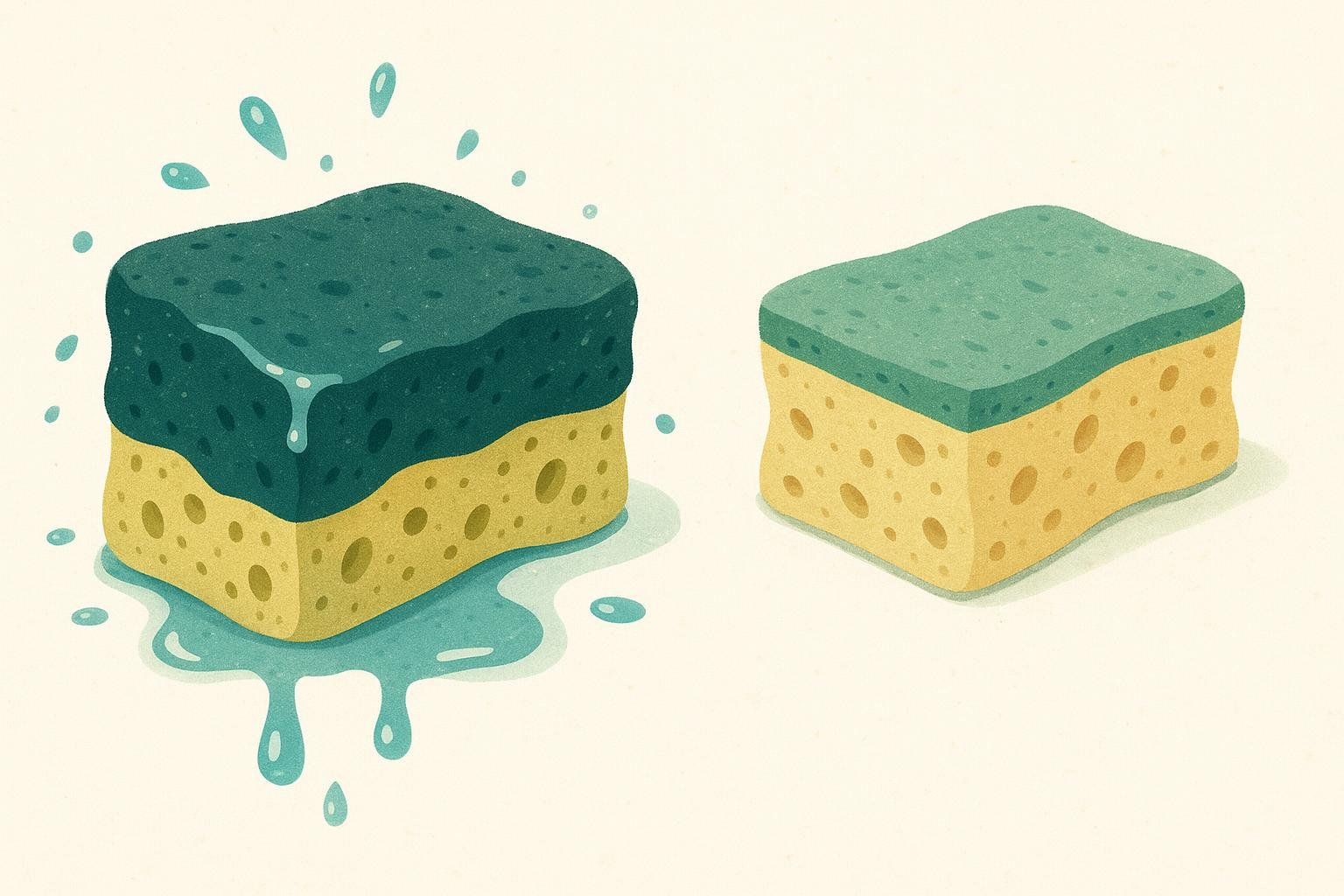
Think of it like a soaked sponge versus one that’s air-dried—the structure is identical, but the weight isn’t.
Average Skeleton Weights by the Numbers
Overall Population Average
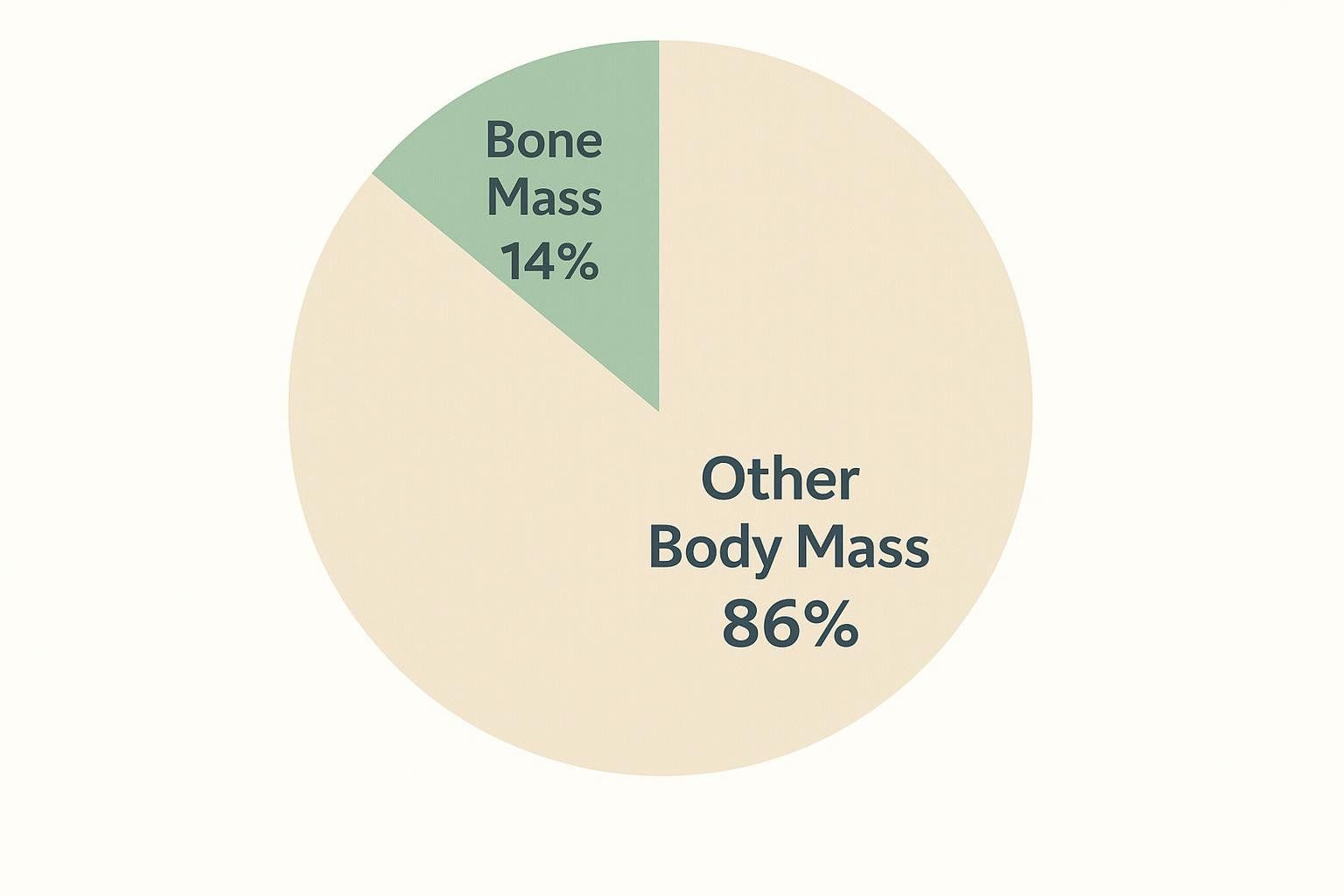
• 10–12 kg (22–26 lb) for adults—roughly 14 % of body weight (Strom 2018).
Sex Differences
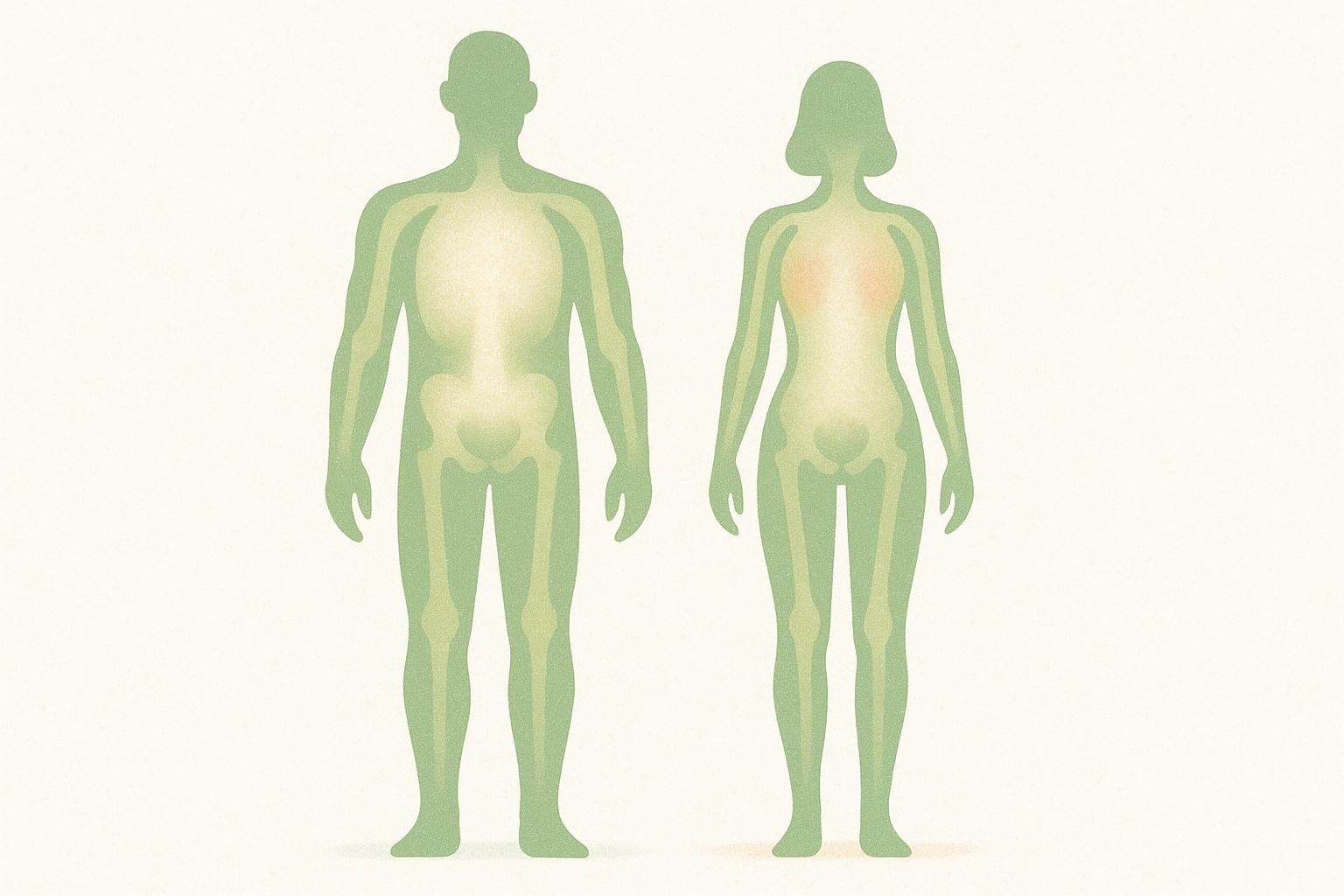
The International Commission on Radiological Protection (ICRP) lists reference skeleton weights of 10.5 kg for men and 7.8 kg for women, or about 15 % and 13 % of total body weight, respectively—values first set in ICRP Publication 70 and still used in later modeling research such as Strom 2018.
Age, Height & Density Influence

Bone mass reaches its peak between ages 25 and 30 (Bone Health & Osteoporosis Foundation). It remains relatively stable until about age 50, after which bone breakdown begins to outpace formation and density gradually declines (Johns Hopkins Medicine). Taller individuals generally carry heavier—but not proportionally thicker—bones (Strom 2018; Heymsfield 2019).
Bone Weight by Demographics
| Demographic | Average Skeleton Weight | Percent of Body Mass |
|---|---|---|
| Adult Men (70 kg / 154 lb) | 10.5 kg (23 lb) | 15 % |
| Adult Women (60 kg / 132 lb) | 7.8 kg (17 lb) | 13 % |
| Teen Boys (55 kg / 121 lb) | 7.5 kg (16.5 lb) | 14 % |
| Teen Girls (50 kg / 110 lb) | 6.5 kg (14 lb) | 13 % |
| Children (25 kg / 55 lb) | 3.5 kg (7.7 lb) | 14 % |
Sources: ICRP Publication 70 reference weights; demographic scaling derived from regression models in Strom 2018. These figures assume average bone density for each group.
DIY Bone Weight Formulas
Researchers updated the ICRP model with real-world autopsy data and created this height-based formula (Strom 2018):
Skeleton Weight (kg) = –6.5 + 0.093 × Height (cm)
Example
For a 180 cm (5′11″) adult:
−6.5 + 0.093 × 180 ≈ 10.2 kg (~22.5 lb)
More Precise Multi-Variable Model
Strom 2018 also provides this refined equation that folds in body weight and age:
Skeleton Weight (kg) = –0.25 + 0.046 × Height (cm) + 0.036 × Body Weight (kg) − 0.012 × Age (years)
Why DEXA Beats Equations
Even solid formulas can swing ±15 %—and none account for bone density directly. A DEXA scan measures both bone mineral content and bone density in a 7-minute session—with radiation exposure comparable to eating four bananas. If you’re serious about tracking bone health or fine-tuning body composition, schedule a scan at one of BodySpec’s storefronts or mobile clinics.
Related reading: Understanding DEXA Scans: The Gold Standard for Measuring Body Composition.
Why Knowing Bone Weight—and Density—Matters
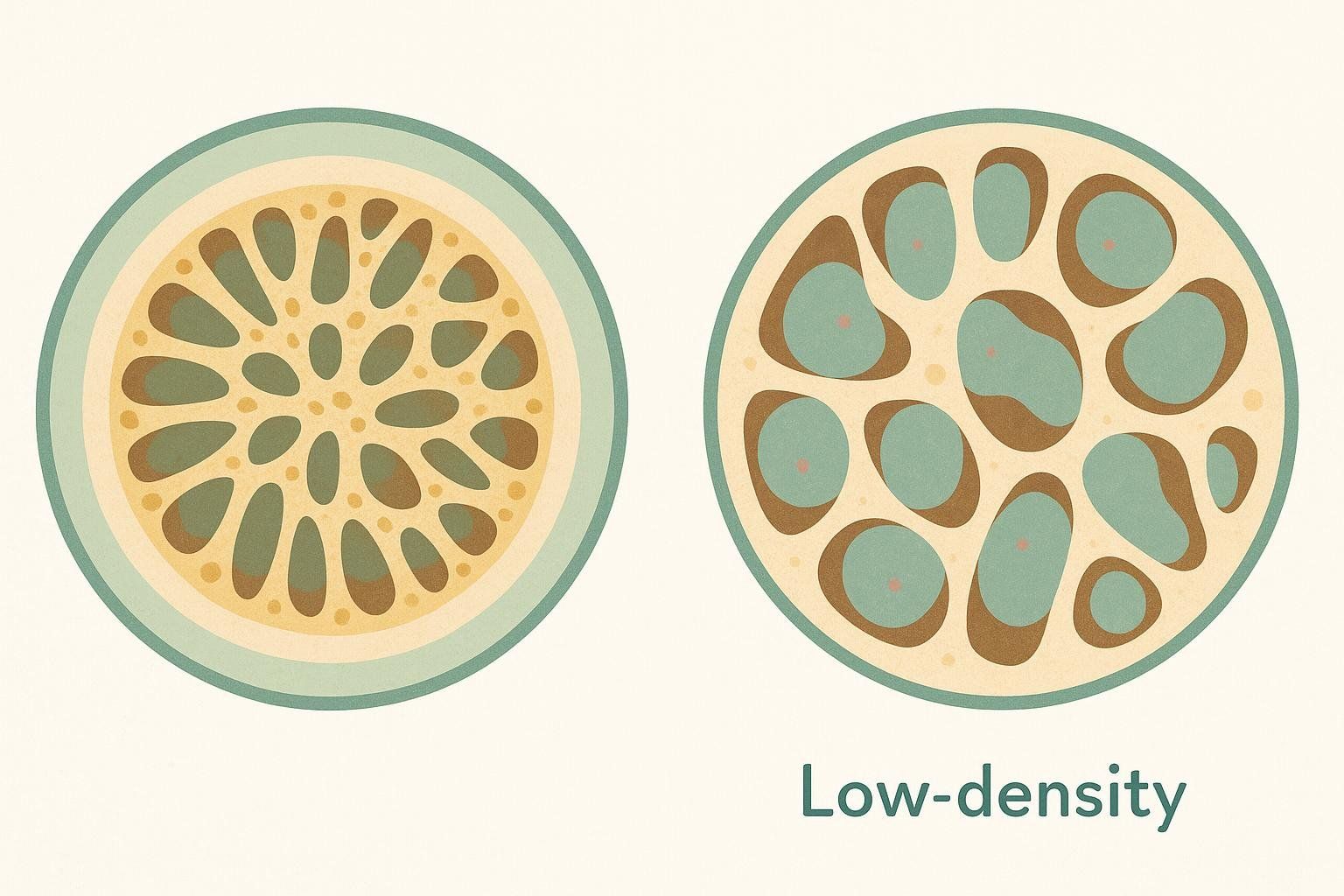
- Body-Composition Accuracy – Misjudging bone mass and density skews fat- and lean-mass estimates; tools like BMI ignore both.
- Fracture Prevention – Density, not weight, predicts fracture risk. Tracking BMD can spotlight problems years before a break occurs. Learn more in The Importance of Bone Density Scans: Detecting and Preventing Osteoporosis.
- Strength-to-Weight Analysis – Power-to-weight sports (running, climbing) benefit from precise skeletal-loading data and robust bones.
- Healthy Aging – Adults over 50 lose up to 0.5–1 % of bone density per year (Bone Health & Osteoporosis Foundation), gradually reducing total skeleton weight alongside strength.
Frequently Asked Questions
Do bones get heavier when you lift weights?

Weight training stimulates bone growth and mineralization. Over time, consistent resistance exercise can increase bone density, strengthening your skeleton and lowering fracture risk (Cleveland Clinic).
Can you be “big-boned”?
Frame size varies, but modeling studies place typical skeletal weight around 14 % of body mass (Strom 2018); substantial deviations are uncommon unless density is unusually high or low.
Do bones in older adults weigh less?
As bone density declines with age—about 0.5–1 % per year after 50—the skeleton gradually loses weight alongside strength (Bone Health & Osteoporosis Foundation).
Do children’s bones weigh less because they’re softer?
Kids’ bones are lighter and more flexible due to higher cartilage content, but they still comprise roughly 14 % of body weight—similar to adults. Density increases steadily until peak bone mass in early adulthood.
Key Takeaways
- Living adult skeletons average 10–12 kg (22–26 lb) or ≈ 14 % of body weight (Strom 2018).
- Dry, marrow-free skeletons weigh 3–5 kg (6–11 lb)—about half the living value.
- Sex, height, age, and bone density all shift the numbers; formulas can estimate, but DEXA is definitive.
- Strong, dense bones are essential for performance today and resilience tomorrow.
Ready for a data-driven look inside your own skeleton? Book a DEXA scan today and get bone weight, density, muscle, and fat insights in one quick visit.
Further reading: The Hard Facts About Bone.
